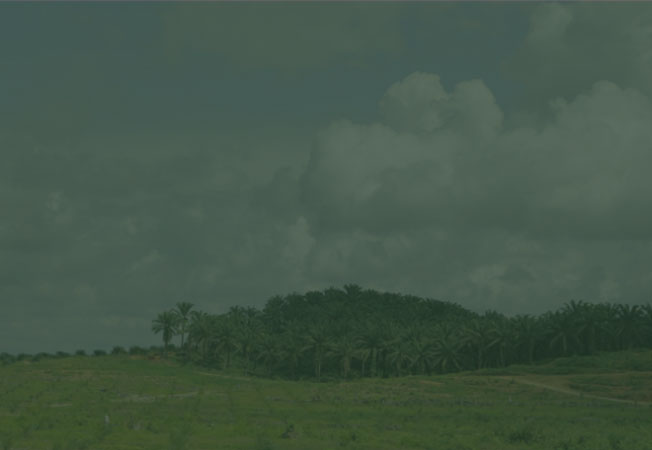Sustainability: Sustainable Development - Chemical Usage


Chemical Usage
FWe foster Sustainable Development aligned to our Environment and Biodiversity Conservation Policy (2015, updated in 2022) where we adopt sustainable agricultural practices in fertiliser usage, integrated pest management, and soil health. These practices are designed to optimise yield productivity, reduce chemical inputs, enhance soil fertility, and adopt organic alternatives wherever possible.
To maximise crop yields while reducing costs, greenhouse gas (GHG) emissions, and water pollution, effective fertiliser management is crucial. REA utilises a sustainable, data-driven strategy for applying fertilisers, which involves:

Scientific Analysis
Nutrient requirements are assessed by examining oil palm frond samples, performing soil tests, and visually inspecting the palm canopies. Our dedicated agronomy team handles these evaluations, which are then validated by independent agronomy consultants.
REA’s pest management strategy emphasises minimising chemical pesticide use by employing an integrated pest management (IPM) approach that focuses on biological control methods to manage pests while protecting the environment. This applies across our operations and suppliers, which include:
- Biological Control: By planting pest-repelling and predator-attracting flora such as Cassia cobanensis, Antigonon leptosus, and Turnera subulata, we encourage natural predators that help control leaf-eating pests like bagworms and caterpillars.
- Early Warning Systems: The environmental department performs regular monitoring to identify potential pest outbreaks. Harvesting teams conduct frequent inspections of the palms, and if any infestations are noticed, the agronomy team carries out a comprehensive evaluation to determine the extent of the problem and the necessary measures to address it.
- Minimisation of Chemical Use: When necessary, chemical interventions are applied responsibly, targeting only affected areas to minimise environmental impact.
- Prohibited Pesticides: REA does not use pesticides categorised as Class 1a or 1b by the World Health Organization, nor any that are listed under the Stockholm Convention on Persistent Organic Pollutants or the Rotterdam Convention.
- Worker Safety: Employee health is safeguarded through biannual blood and lung tests, rotation of pesticide handlers, and exclusive use of safer herbicides while Paraquat has been phased out since 2013.
- Comprehensive Monitoring: Pesticide usage is routinely tracked, detailing the active ingredients and the amount applied (liters per hectare). This ensures the effectiveness of applications and monitors the chemical load on the environment.
Key observations for 2023 include:
The average use of pesticides remained steady at 0.1 litres/hectare, consistent with 2023.
Ensuring the health of our soils is crucial for the long-term sustainability of our plantations. At REA, we implement various initiatives to improve soil resilience and fertility, particularly in the face of climate challenges:
- Infrastructure Adaptations: Investing in road upkeep, drainage solutions, and water management systems strengthens our estates' ability to withstand the increased risks of flooding and droughts caused by climate change.
- Organic Inputs: We apply organic fertilizers, including Libero, EFB, and POME, to improve the levels of organic matter and nutrients in the soil.
- Ground Cover Plants: We plant ground cover plants to prevent soil erosion, and improve moisture retention.
- Collaborative Research: By partnering with researchers and industry experts, we are able to find innovative ways to use mill waste and other organic materials to promote better soil health and improve water retention to mitigate the anticipated fluctuations in weather patterns.